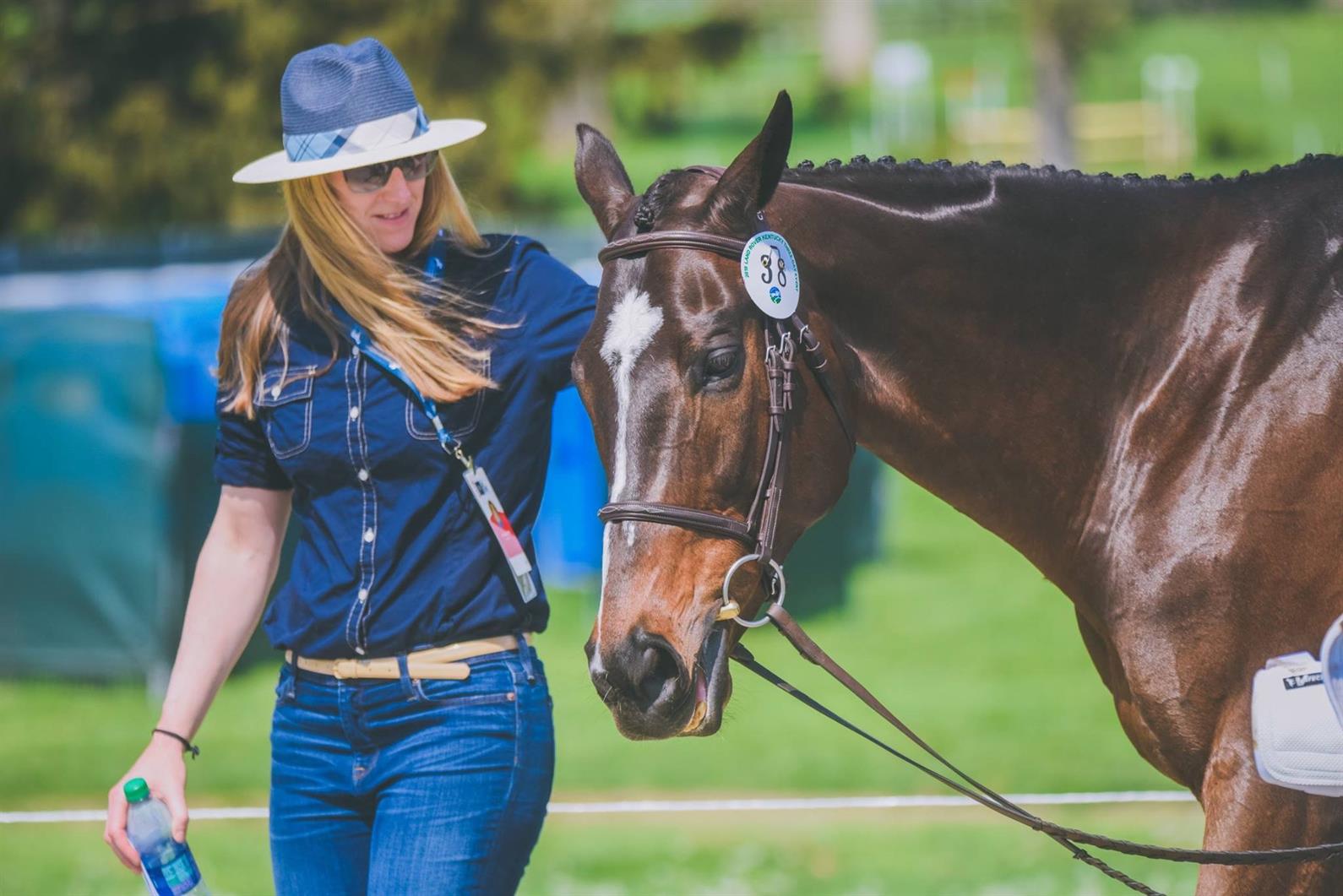The COVID-19 pandemic has significantly affected barn activities across the country. For equestrians who have been unable to ride or drive due to stay-at-home orders or to protect the health of barn workers, getting back to horse sports under eased restrictions is a welcome change. However, if your horse has been enjoying a vacation for an extended period of time, he may need some help getting back into shape before he is ready for full work. Dr. Laura Werner of Hagyard Equine Medical Institute shared some helpful tips to get your equine partner ready for your next outing.
Horses who take a break from working don’t immediately lose their fitness levels. “If the horse is relatively fit, and obviously without injury, they can hold their fitness, especially with adequate turnout, if they have a month off,” Werner said. She added that horses coming back from an injury or those who don’t have access to plenty of turnout will require more time to get back into shape.
Plan a Gradual Return

Gradually bringing horses back into work is important for their well-being and soundness. Werner recommended that horses with no fitness do at least 30 days of flat work before doing more difficult work or starting over fences. Rushing to get a horse fit can result in injury and create major setbacks. “Some injuries occur with serious work or speed work if the horse is not cardiovascularly or musculoskeletally fit,” Werner explained. “A lot of times the musculoskeletal fitness or impact training comes back before the cardiovascular fitness, so if they are not cardiovascularly fit enough and they take a bad step, they can certainly injure themselves.”
Long, slow distance work, such as hacking, is an excellent way to improve horses’ fitness levels. “A lot of times coming back into fitness, we will start the horses with hacking before we start some serious flat work, then obviously before jumping work,” Werner said. She suggested adding a 30- to 60-minute walk after exercise on the flat to increase horses’ fitness levels without adding excessive concussion on their legs.
For those who have the option, using hills is the next step in boosting horses’ fitness levels. “Add hill work instead of your long, slow distance work to add some cardio,” Werner said. “Some disciplines need more of that in interval training than others, though it is good for all disciplines.”
Tech and Tools to Help
Werner shared that there are a variety of tools that equestrians can use to help get their horses into shape, such as equine (and sometimes rider) heart-rate monitoring apps or systems. “The horses’ heart rates are a great way to monitor fitness,” Werner noted. “How fast the horse’s heart rate is getting up and how fast they recover is a great gauge to help access your horse’s fitness with numbers.”
She added that a target heart-rate range for a horse in full work is 120 to 150 beats per minute, from which they should recover within five to 10 minutes as they are cooling out. “You can use [the apps or systems] to see how long it takes you to get your horse up to that heart rate or whether it comes back down fast enough after you have done sustained work for a time,” Werner said.
Werner also suggested swimming and underwater treadmills as other tools to help with horses’ fitness levels. “They can bring your horse back into cardiovascular fitness, especially for ones coming back from injury; you can add cardiovascular fitness without pounding on their legs,” Werner said. She pointed out that swimming and exercise on underwater treadmills are helpful in the summertime, when the ground in various regions can become hard in dry weather.
Underwater treadmills or swimming, as well as regular treadmills or walkers, also can help build up fitness levels in horses who are returning post-injury. But, for horses coming back into work after sustaining an injury, a different overall approach to fitness is necessary. “It is obviously up to the veterinarians to help advise on horses with injuries and how to bring them back,” Werner said. “Generally, we do intervals of long, slow distance work back through walking, then trotting, then cantering, as recommended by your veterinarian according to what the injury is.”
Longeing can also be beneficial to bringing a horse back into work. “Another thing I am a huge fan of is light work on a longe line with a Pessoa system to build up their topline without a rider. Depending on the horse, some can be worked two to four times a week for 20 to 30 minutes. That can help as well, injury or not,” Werner said.
Another variable that plays into a horse’s fitness level: the rider. “Rider fitness is big, too,” Werner explained. “You are helping your horse out when you are fit enough, rather than possibly injuring your horse by being unbalanced and unfit.”
This article is original content produced by US Equestrian and may only be shared via social media. It is not to be repurposed or used on any other website than USequestrian.org.


